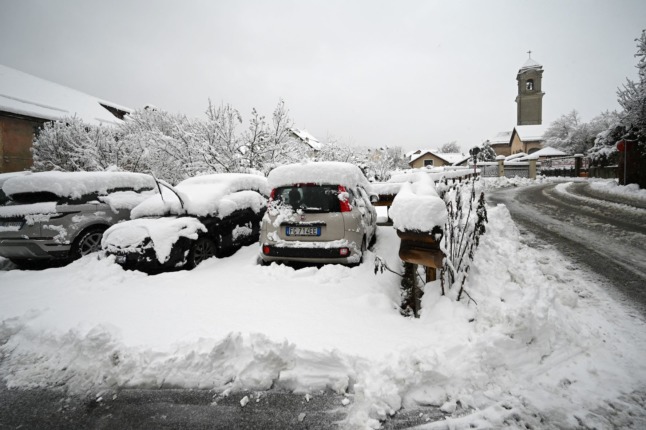The cultural and historical position of meat as a staple of the national diet is a major reason for opposition to modern trends which promote vegetarianism, according to researcher Richard Tellström, an associate professor in food and meal science and an ethnologist at Stockholm University.
“Meat has always had a high status,” Tellström told TT.
When IT company Telavox recently announced it was dropping meat from its events and meetings, it came in for criticism from a number of customers, with some even saying they wanted to cancel contracts.
“This turned out to be a sensitive topic, perhaps more sensitive than I envisaged,” the company’s HR manager Filip Johansson said.
The decision by Telavox was not an attack on the meat industry, but an attempt to raise the issue of the effect of meat consumption on the climate, he said.
“It’s actually quite a soft action, but some people consider it an affront. They react to what they see as pointed fingers and forced changes. But we have also had positive reactions, so you have to weight things up,” the HR manager added.
Some municipalities in Sweden have trialled removing meat from school dining rooms on some days of the week. At a school on Orust, teachers protested that vegetarian lunches resulted in tired children who could not concentrate on lessons, GT/Expressen reported earlier in the year.
In other areas, parents have resisted vegetarian lunches in schools. In Mörbylånga, a mother called for “honest home cooking” in response to a vegetarian day at her son’s school, and reported the school’s headmaster to the local municipality, saying her child had been left hungry by the food that was served, local media Barometern reported in April.
READ ALSO:
- Meat-free days soaring in Swedish schools
- Farmers target meat-free school with free burgers
- Meat consumption is falling in Sweden, but production is on the rise
“If I deprive you of the right to practise your culture, you will naturally feel offended. And food is as culturally loaded as clothes, books, art and music,” Tellström said.
Historically, meat has been in short supply, and this is part of the reason it has a valued status in Sweden, the associate professor said.
Swedes are so secular and rational in their values that they easily forget food is an expression of those values, Tellström also noted, saying this is a reason why banning or excluding meat can provoke strong reactions.
At the same time, there is a growing trend towards opting not to eat meat, particularly amongst young people in urban areas.
“This is an urban phenomenon, and more and more people live in cities. We can also see a clear distinction between the food cultures of younger and older people, and also between men and women, in a way we haven’t seen before,” the researcher said.
“I think we should be careful about limiting people’s cultural expressions and speaking on their behalf about how to create a better world,” he added.




 Please whitelist us to continue reading.
Please whitelist us to continue reading.
Member comments